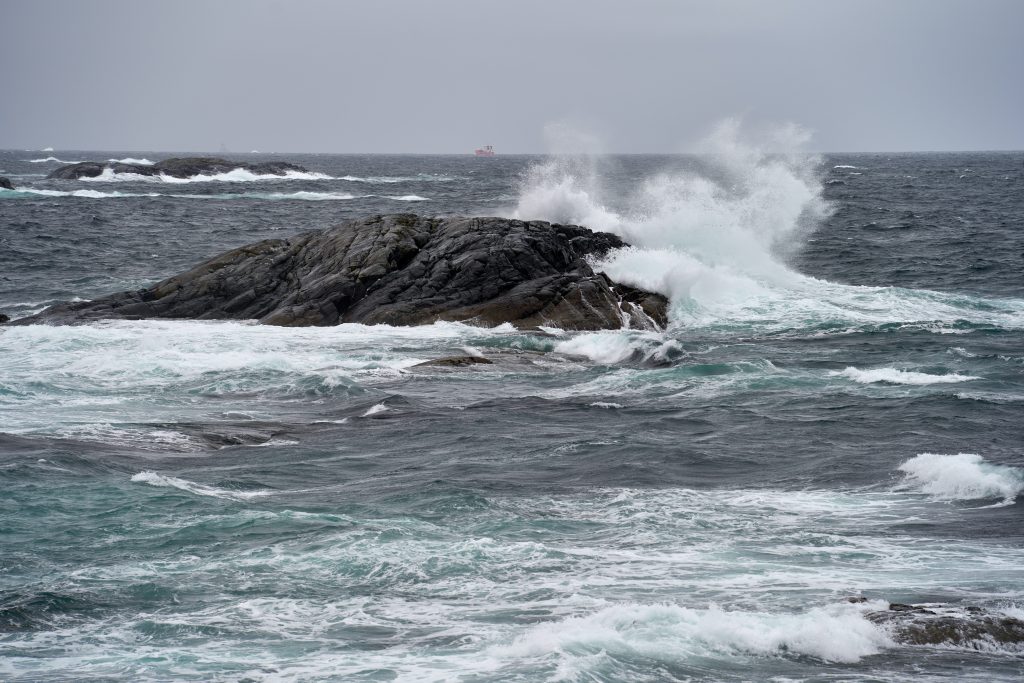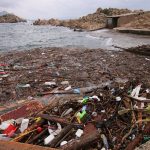As Poslovni reports, the Split Mediterranean Institute for Life Research (Medils) is hosting a scientific conference on climate change that brought together Croatian and Italian experts who cooperate through the European Interreg project.
“The great length of our coast is a wealth, but we may also be cursed having such a long coast, which could become an expense in the future since there will be no protection for buildings that are built right next to the sea,” said Daria Povh Škugor, senior program officer of PAR/RAC centre Split, which is part of the Mediterranean Action Program network as part of the UN Environment Program.
According to her, it is necessary to stop the construction of houses and buildings by the sea because there is no way to protect them from floods from the sea, whose level will rise. Referring to an expert study on flood estimates, she singled out the Bay of Kaštela as the most threatened.
“As for the population, the area of Kaštela Bay and the cities of Kaštela, Solin, Split, and Trogir are the most threatened,” said Povh Škugor. She added that this is one of the reasons why the two-day conference on climate change and the risks of flooding from the sea is being held in Split. “According to the latest information, the last time, the average temperature was two degrees higher than it is today, and what we all fear, the sea level was up to five meters higher than now. It is a bell that rings the alarm,” warned Povh Škugor.
Dr. Natalija Dunić from the Institute of Oceanography and Fisheries, which deals with research into the physical conditions of the Adriatic, reported that the average level of the Adriatic Sea has increased by 10 centimeters in the last 30 years and could rise by 70 centimeters by the year 2100.
“When you have a large variety of seas, and when cyclonic disturbances occur and when the jugo (southern wind) blows on the sea, the water will penetrate to the coast – to Diocletian’s cellars, on the Riva, in Marmontova Street to the HNK building,” said Dunić, emphasising that high time something be done to prevent it.
She also said that by 2100, global mean sea levels are estimated to rise by more than one metre. According to her, expert estimates are that by the year 2600, the average sea level in the world could rise by 15 meters. In this regard, she mentioned predictions about the melting of the ice from Antarctica and that the rise in the level of the world’s seas could also threaten the mountains in Europe.
For more, make sure to check out our dedicated Lifestyle section.









